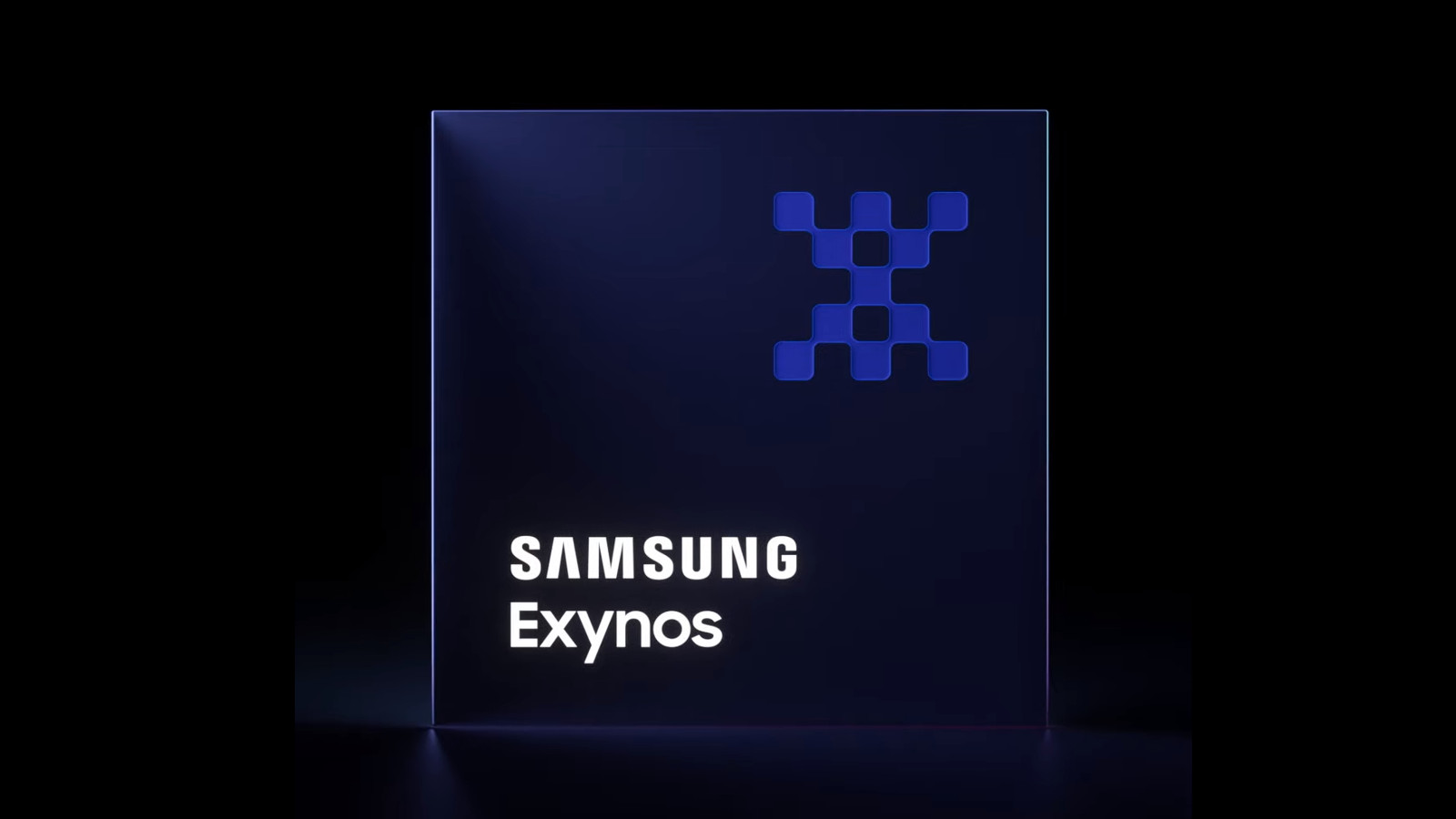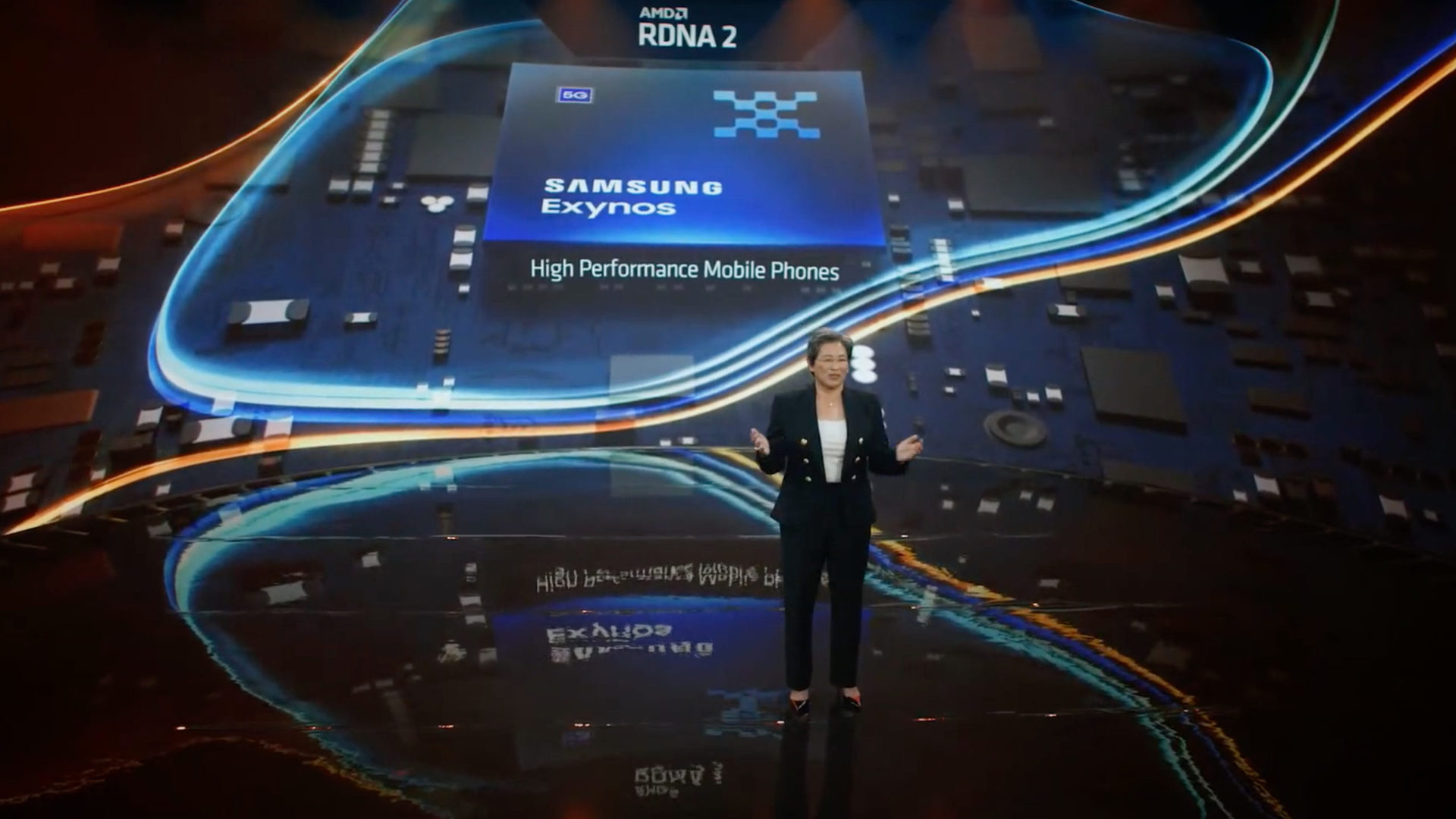Affiliate links on Android Authority may earn us a commission. Learn more.
Exynos flagship chipsets: A history of Samsung's homegrown silicon
July 10, 2021
Samsung is one of the few smartphone companies possessing the ability to design its own high-end chipsets, along with Apple and HUAWEI (until the US trade ban nipped that in the bud). The Korean firm’s Exynos flagship processors have been a fixture in its high-end phones for years now, covering the Galaxy S series and Galaxy Note series.
But where did this story actually start? Join us as we take a look at the history of Samsung Exynos flagship processors, from the earliest phones with this silicon all the way to today’s superphones.
Related: Everything you need to know about Samsung’s Exynos processors
2010: When flagship chipset meant Hummingbird

Our dive into Samsung Exynos history starts with Samsung’s first Galaxy S smartphone, which launched in 2010, and was powered by an in-house chipset from the get-go. This wasn’t the debut of Exynos though, as the chipset was actually called the Hummingbird. Man, I wouldn’t mind a return to dainty bird names like sunbird and goldfinch.
Anyway, the 45nm Hummingbird was retroactively renamed the Exynos 3 Single, and it was a pretty capable chipset for the time. Samsung’s in-house processor sported a 1GHz single-core Cortex-A8 CPU at a time when 1GHz mobile CPUs were a rarity. In fact, the manufacturer said it was the industry’s first 1GHz processor at the time of its 2009 unveiling.
The Hummingbird chipset also delivered a PowerVR SGX540 GPU, support for 800 x 600 displays (not so impressive when Apple was about to launch the 960 x 640 iPhone 4), and support for 1080p recording (beating the iPhone 4’s 720p output). Other features like LPDDR2 RAM and eMMC 4.3 support were par for the course at the time.
It’s also interesting to note that this was the only Samsung chipset to find its way into a Nexus or Pixel device, being used in the Nexus S. Other Nexus and Pixel devices used Qualcomm Snapdragon silicon, with the exception of 2011’s Samsung Galaxy Nexus (using TI OMAP silicon).
Notable phones: Samsung Galaxy S, Google Nexus S
2011: The first proper Exynos flagship SoC
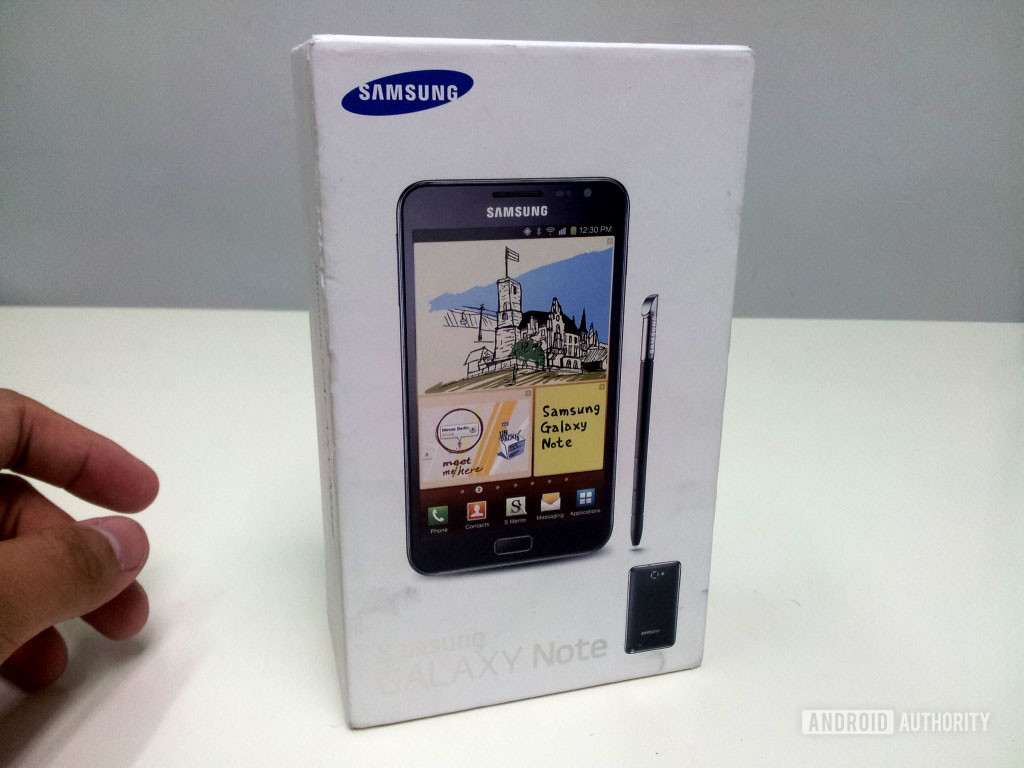
The first Samsung Exynos flagship chipset in history (i.e. without a retroactive name change) was actually the Exynos 4210 Dual, debuting inside 2011’s Galaxy S2. And it was part of the first wave of dual-core smartphone processors, delivering a 1.2GHz Cortex-A9 CPU.
Another notable Exynos 4210 Dual feature was the once-ubiquitous Mali-400MP4 GPU, which was the first time we saw Arm GPUs inside a Samsung Galaxy S series flagship. This is a trend that continues to this day, although it looks like change is afoot for 2022.
Related: Did you know: The first Galaxy Note was mocked and predicted to flop at launch
The SoC has a few features in common with its predecessor though, such as the 45nm manufacturing process, LPDDR2 RAM support, and 1080p/30fps video recording. We do however see support for higher resolution displays (1,440 x 900) and eMMC 4.4 support. One strange listed feature is support for 5MP cameras, but the chip was actually inside phones with 8MP rear cameras.
The Exynos 4210 Dual also found its way into the original Galaxy Note back in 2011 (seen above), powering the super-sized phone at a time when large screens weren’t common at all. Furthermore, this chipset powered Meizu’s first phone (the Meizu MX). The Chinese brand would go on to use Exynos flagship SoCs in plenty of its devices.
Notable phones: Samsung Galaxy S2, Samsung Galaxy Note, Meizu MX
2012: The industry moves to quad-core

2012’s biggest mobile silicon trend was the shift to quad-core CPUs, and Samsung was a part of this trend by offering the Exynos 4412. The new chipset debuted inside the Galaxy S3 but also appeared in the Galaxy Note 2 in the second half of the year, albeit with a slight CPU clock speed boost.
Speaking of the CPU, we got a quad-core Cortex-A9 CPU which doubled the number of cores seen in the previous year’s flagship SoC. It’s still based on the same Cortex-A9 CPU, but the quad-core arrangement was welcomed due to Android and various third-party apps embracing multi-core support.
Mobile gamers would’ve been slightly disappointed back in 2012, as the Exynos 4412 used the same Mali-400MP4 GPU seen in the previous year’s Exynos processor. It also topped out with the same basic eMMC support and 1080p/30fps recording capability. Otherwise, the Exynos 4412 offered a 32nm design which was a solid improvement on paper, as well as a 1,440 x 900 display resolution.
Oddly enough, this processor also found its way into two Lenovo phones back in the day as well as the first-generation Galaxy Note 8.0 tablet.
Notable phones: Lenovo K860/K860i, Samsung Galaxy Note 2, Samsung Galaxy S3
2013: You thought they’d stop at quad-core?

The smartphone industry quickly moved from single-core CPUs to dual-core and then quad-core processors in just a few years. But 2013 marked the first time Samsung adopted an octa-core processor in its high-end phones. The 28nm Exynos 5410 debuted inside the Galaxy S4 and delivered what looked like a big.LITTLE design. That meant a cluster of four high-powered Cortex-A15 CPU cores and a cluster of four lightweight Cortex-A7 cores. But there was a rather significant issue with this SoC.
The Exynos 5410 had a major limitation in that only one cluster could be active at a time. That meant you couldn’t have all eight CPU cores active at once, nor could you have just a Cortex-A7 and Cortex-A15 active at the same time. So you either have the four Cortex-A7 cores running or the four Cortex-A15 cores active. It was a bizarre decision and kind of defeated the purpose of going octa-core in the first place.
It wasn’t all bad though, as we got a beefy PowerVR SGX544 MP3 GPU, display resolutions up to 2,560 x 1,600, and LPDDR3 support. The chipset was pretty capable in the camera field too, offering 1080p/60fps video recording, and a rear camera up to 13MP.
The Exynos 5410 was a somewhat controversial chipset, and it wouldn't be the last time Exynos silicon courted controversy.
Thankfully, Samsung released the Exynos 5420 in late 2013, and it offered a more sensible take on an octa-core design. The upgraded processor indeed allowed for both the little and big cores to be active at once. This chipset also swapped out the PowerVR GPU for a Mali T628 MP6 GPU, with Samsung claiming the Mali GPU was “enhanced” over the PowerVR part as a result. It was otherwise identical to the Exynos 5410.
One interesting tidbit here is that the Snapdragon version of the Galaxy Note 3 offered 4K/30fps recording, but the Exynos version topped out at 1080p/60fps. This situation would be reversed in later years. The Exynos variant also reportedly lacked LTE support, topping out at 42.2Mbps HSPA+ instead.
Notable phones: Samsung Galaxy S4, Samsung Galaxy Note 3
2014: Exynos beats Qualcomm to 64-bit
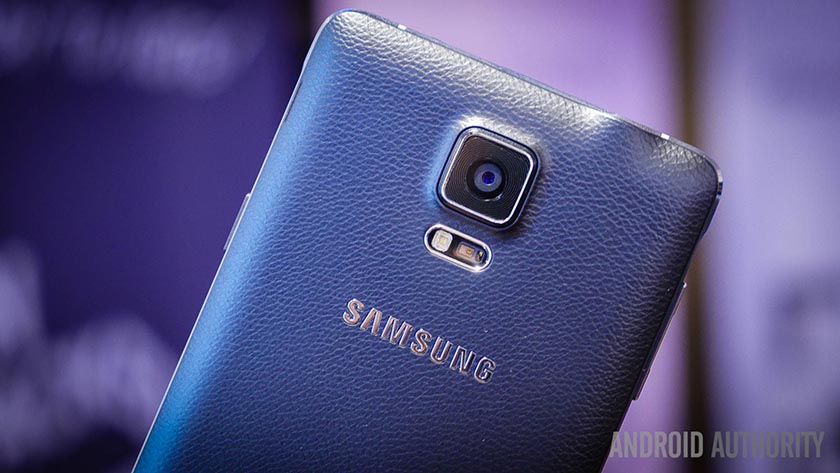
2014 was a great year for Samsung, as the firm released what might arguably be one of its best phones ever in the Galaxy S5. But this phone was exclusively powered by the Snapdragon 801. Fortunately, Samsung launched the Galaxy Note 4 and Galaxy Note Edge later that year, which indeed offered Exynos silicon.
The 20nm Exynos 5433 was the flagship Samsung processor for 2014, and it actually beat Qualcomm to the 64-bit post. Yes, the new chipset had an octa-core CPU featuring Arm’s first 64-bit CPU cores. That means we got four Cortex-A57 cores for complex tasks and four Cortex-A53 cores for less advanced activities.
This chipset also offered Arm’s Mali-T760 MP6 GPU, LPDDR3e RAM support, and the same display resolution as the previous year’s processor. Camera performance took a step up, as the Exynos 5433 supported a 3.7MP selfie camera, a single 16MP rear camera, and 4K video, as well as 120fps video at 1080p. The latter feature (or 240fps) is now a staple for many Android smartphones.
The selfie camera resolution sounds extremely low quality, but the truth is that none of Samsung’s flagship phones supported anything close to 5MP at the time. We’d have to wait a year for more comprehensive support in this regard.
Samsung’s 2014 chipset also brought LTE connectivity, delivering 300Mbps download speeds thanks to Cat 6 downlink support. This support helped narrow a connectivity gap between the Qualcomm and Exynos variants.
Notable phones: Samsung Galaxy Note 4, Samsung Galaxy Note Edge
2015: The best flagship processor of the year
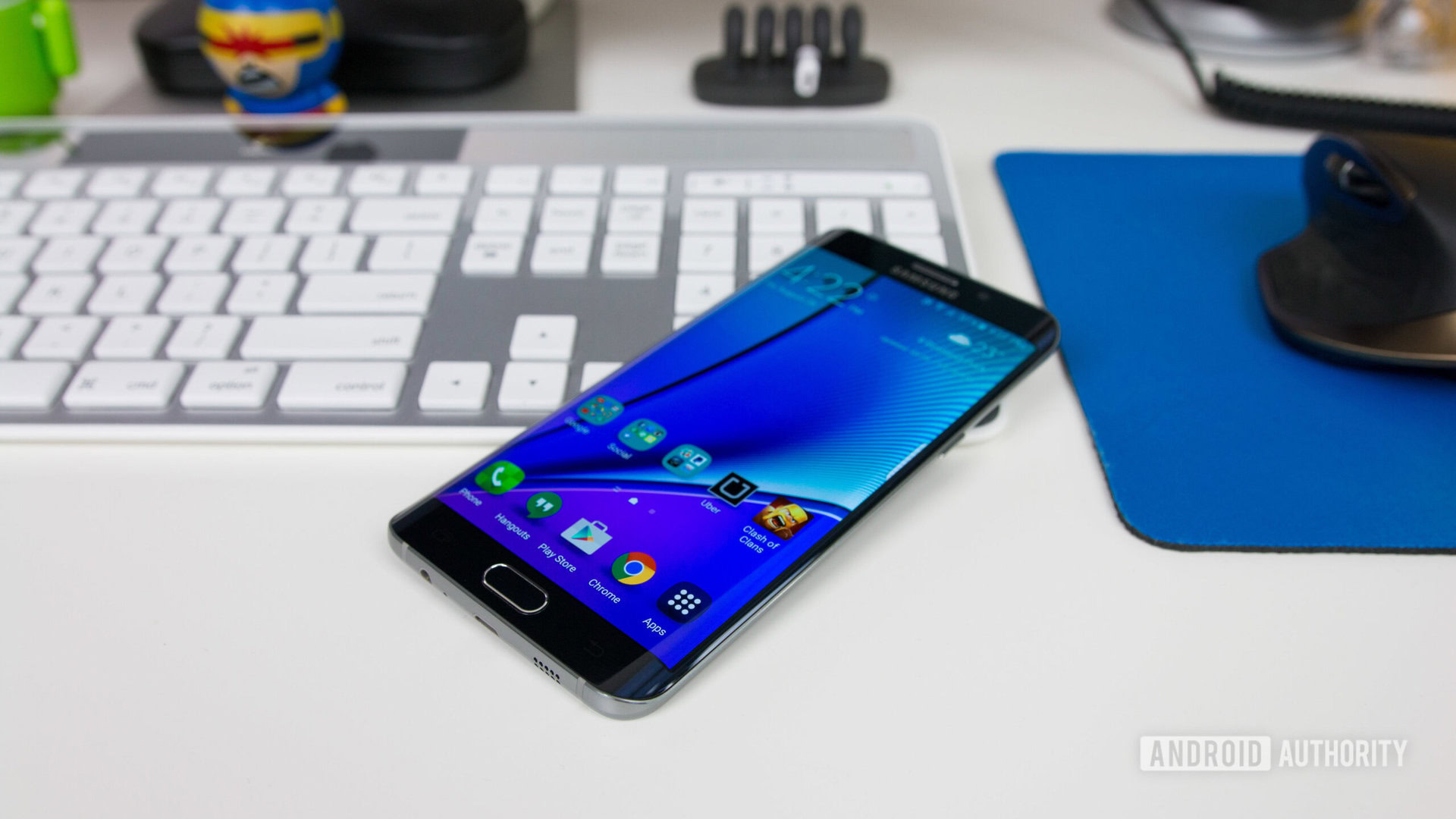
Is this the apex of Samsung’s Exynos program? Well, it’s hard to argue otherwise, as the 14nm Exynos 7420 may have been the most capable Android flagship processor of 2015. It wasn’t the first 64-bit Android processor or even the first 64-bit Exynos chipset, but it still made for a great bit of silicon compared to Qualcomm, MediaTek, and HUAWEI’s offerings at the time. We’d go so far as to say it was the best Samsung Exynos chipset in history at the time of its release.
The Exynos 7420 maintained the same octa-core CPU as its predecessor, featuring four Cortex-A57 cores and four Cortex-A53 cores. We also got the same Mali-T760 GPU, albeit with two extra cores (MP8) for a graphical boost. But the chipset introduced a small, 14nm design, 4K display resolutions (4,096 x 2,160, 3,840 x 2,400), LPDDR4 RAM support, and support for UFS 2.0 storage.
More reading: When Samsung’s Exynos was the best flagship chipset for Android
Other notable specs include support for a 20MP single rear camera, an 8MP selfie camera, and 4K/30fps video recording with HEVC.
This processor exclusively powered the Galaxy S6 series and the Galaxy Note 5. Reports at the time alleged that Samsung was put off the Snapdragon 810 due to heating concerns.
Notable phones: Meizu Pro 5, Samsung Galaxy Note 5, Samsung Galaxy S6 series
2016: Exynos gets custom CPUs
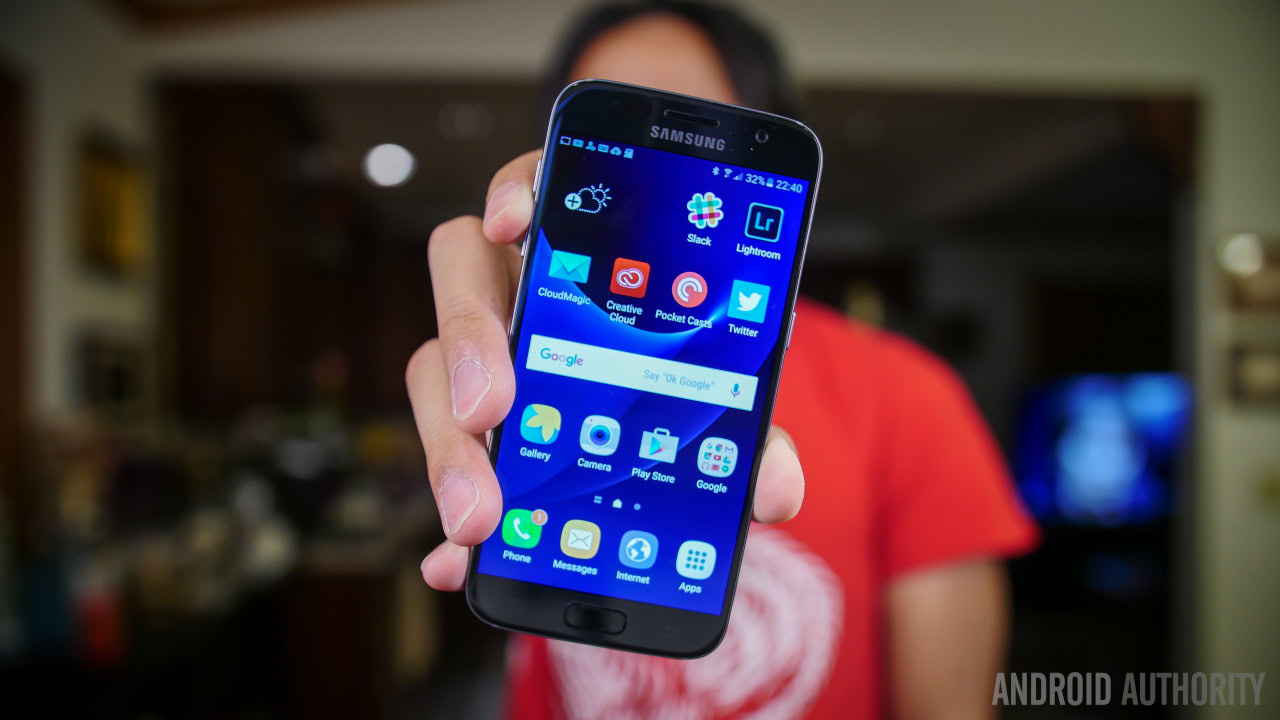
Samsung had been relying on Arm CPUs for all of its Exynos processors up until this point. But 2016’s Exynos 8890 marked a major change, as it used Samsung’s first-generation Mongoose CPU. More specifically, we had four Mongoose M1 cores paired with four Arm Cortex-A53 cores.
This 14nm processor also touted a Mali-T880 MP12 GPU, 4K display resolutions, and LPDDR4 RAM support. We also got dual-camera support for the first time, topping out at 12MP+12MP (or a single 24MP main camera), as well as a selfie camera up to 13MP.
The Exynos 8890 also brought support for 4K/60fps recording, but unfortunately, Exynos-powered Galaxy S7 devices didn’t get this feature. This is presumably because the Snapdragon 835, which powered some Galaxy S7 variants, didn’t have support for 4K/60fps recording. So it stands to reason that Samsung may have wanted to maintain feature parity.
Our own Gary Sims benchmarked 2016’s flagship Android processors and found that the Exynos 8890 was a close second to the Kirin 960 in terms of CPU performance but fell behind both the Snapdragon and HUAWEI chips when it came to GPU performance. The likes of GSMArena also reported that the Exynos Galaxy S7 was more power-efficient than the Snapdragon variant.
Notable phones: Meizu Pro 6 Plus, Samsung Galaxy Note 7, Samsung Galaxy S7 series
2017: The rise of heterogeneous compute
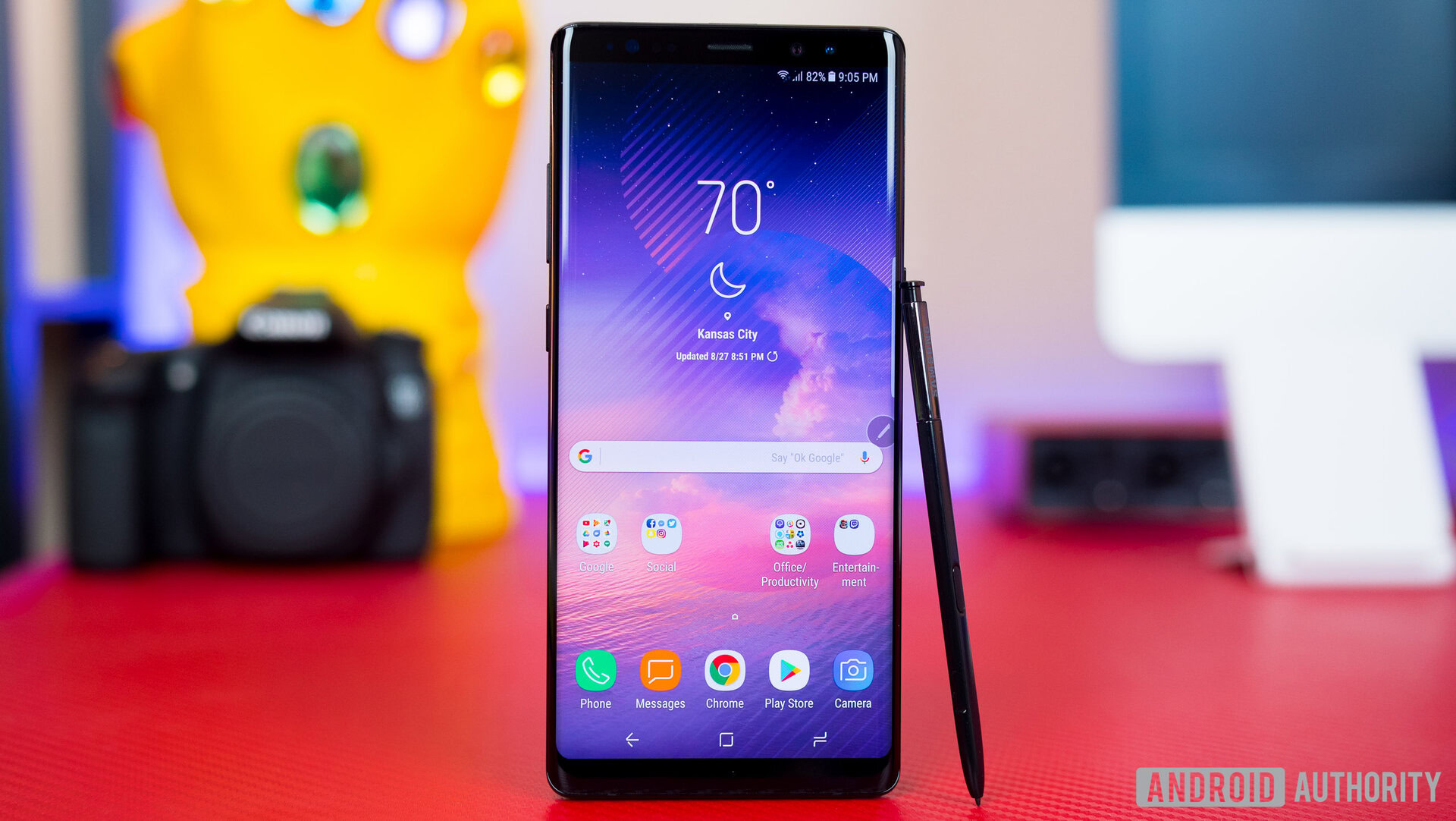
The Exynos 8895 was Samsung’s flagship processor for 2017, and the small number tweak belied a few major changes. The company’s new processor was built on a 10nm process, delivering notable space and power savings on paper. It also used an octa-core CPU design featuring four Mongoose M2 cores and four Cortex-A53 cores, sticking with custom cores for the heavyweight CPU core.
Samsung also upped the ante in the GPU department, opting for Mali-G71 MP20 graphics. Rival brand HUAWEI would use the same GPU, but opted for eight shader cores instead of 20, and this discrepancy showed in benchmark testing.
Other notable Exynos 8895 features included 4K display resolutions, Gigabit LTE connectivity, UFS 2.1 storage compatibility, and LPDDR4X RAM support. Samsung also debuted a so-called “vision processing unit” or VPU here, responsible for computer vision tasks such as scene and object recognition. This would mark a first major foray of sorts into machine learning silicon.
More reading: Everything you need to know about smartphone chipsets
The chipset was also packed to the gills on the camera front, delivering a dual ISP design with one core being used for heavyweight imaging tasks and the other being used for less complex activities. You also got 4K/120fps recording capabilities, up to a single 28MP camera or 16MP+16MP dual camera support, and up to a 28MP camera for selfies.
The processor’s auxiliary features don’t stop here, as it offered dedicated security bits to handle biometric authentication (e.g. fingerprint, iris), flash memory protection, and other security matters.
Much like last year, we didn’t see 4K/60fps or 4K/120fps video recording officially come to phones with this chipset. But we did see unofficial workarounds to enable the former quality option on Samsung’s devices.
Notable phones: Meizu 15 Plus, Samsung Galaxy S8, Samsung Galaxy Note 8
2018: Evolution, not revolution
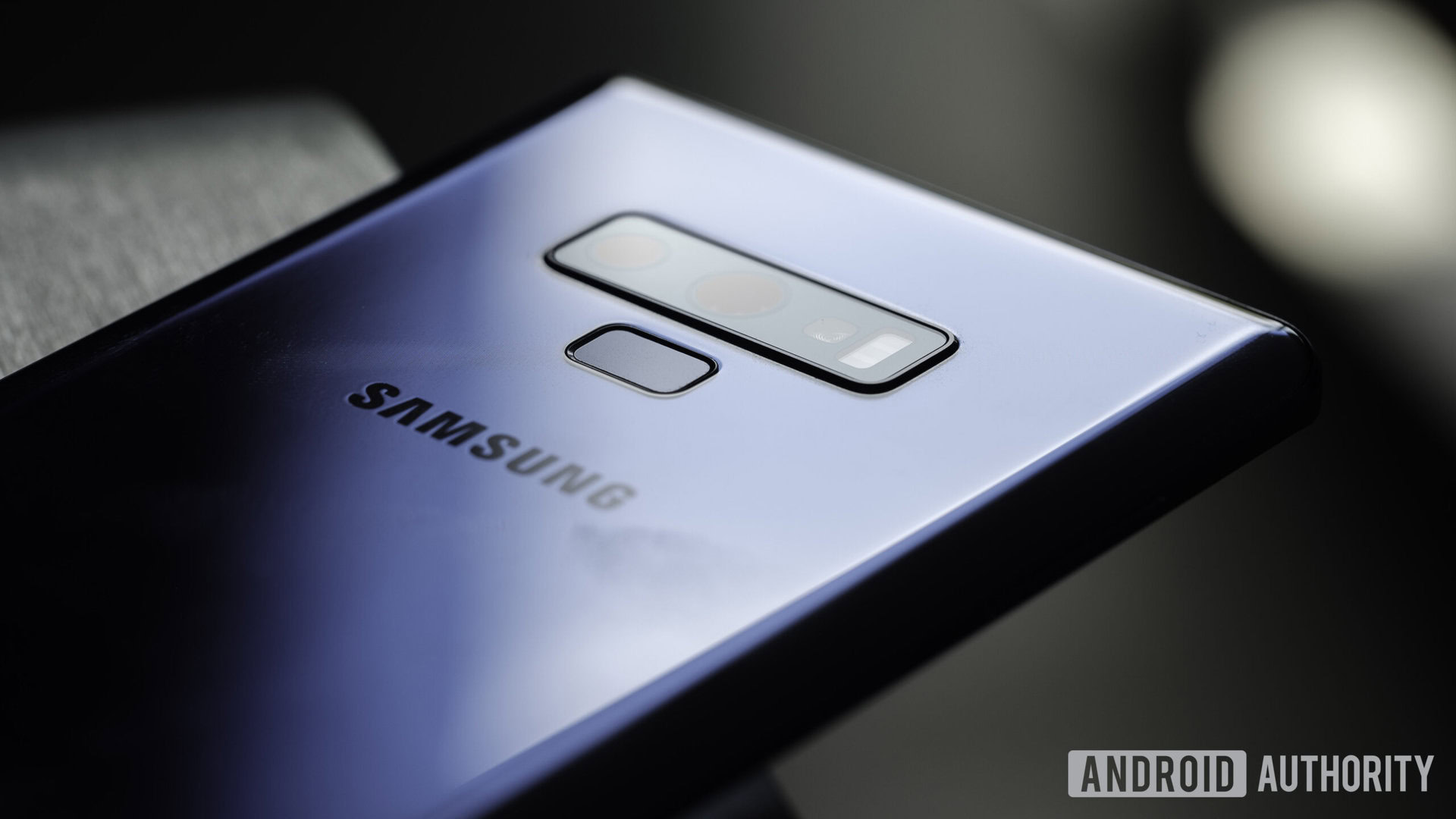
It felt like 2018’s Exynos 9810 was more of an iterative upgrade over the Exynos 8895 than a game-changing revolution. But we definitely saw two notable upgrades in the CPU and GPU categories.
In the case of the CPU, we saw Samsung maintain a two-cluster octa-core design but with all-new CPU cores. This time, we had four third-generation Mongoose CPU cores paired with four Cortex-A55 cores. And the A55 cores remain in Samsung’s Exynos flagship processors as of 2021.
Moving to the graphical side of things, the firm switched to Arm’s Mali-G72 MP18 GPU. Again, Samsung opted to pack far more shader cores than rival brand HUAWEI’s Kirin 970 SoC (Mali-G72 MP12).
Otherwise, the chipset was still built on a 10nm process, and still supported features like LPDDR4X RAM, UFS 2.1, 4K display resolutions, and 4K/120fps recording. We did however see a bump to 1.2Gbps cellular speeds via LTE and 16MP+16MP dual cameras (as well as a 24MP single camera).
This would also be the last flagship Exynos processor to be used by small Chinese brand Meizu. We have seen vivo embrace Exynos silicon for its Chinese phones in recent years, but this is restricted to mid-range silicon.
Notable phones: Meizu 15 Plus, Samsung Galaxy Note 9, Samsung Galaxy S9, Samsung Galaxy Note 10 Lite
2019: A blueprint for future Samsung silicon
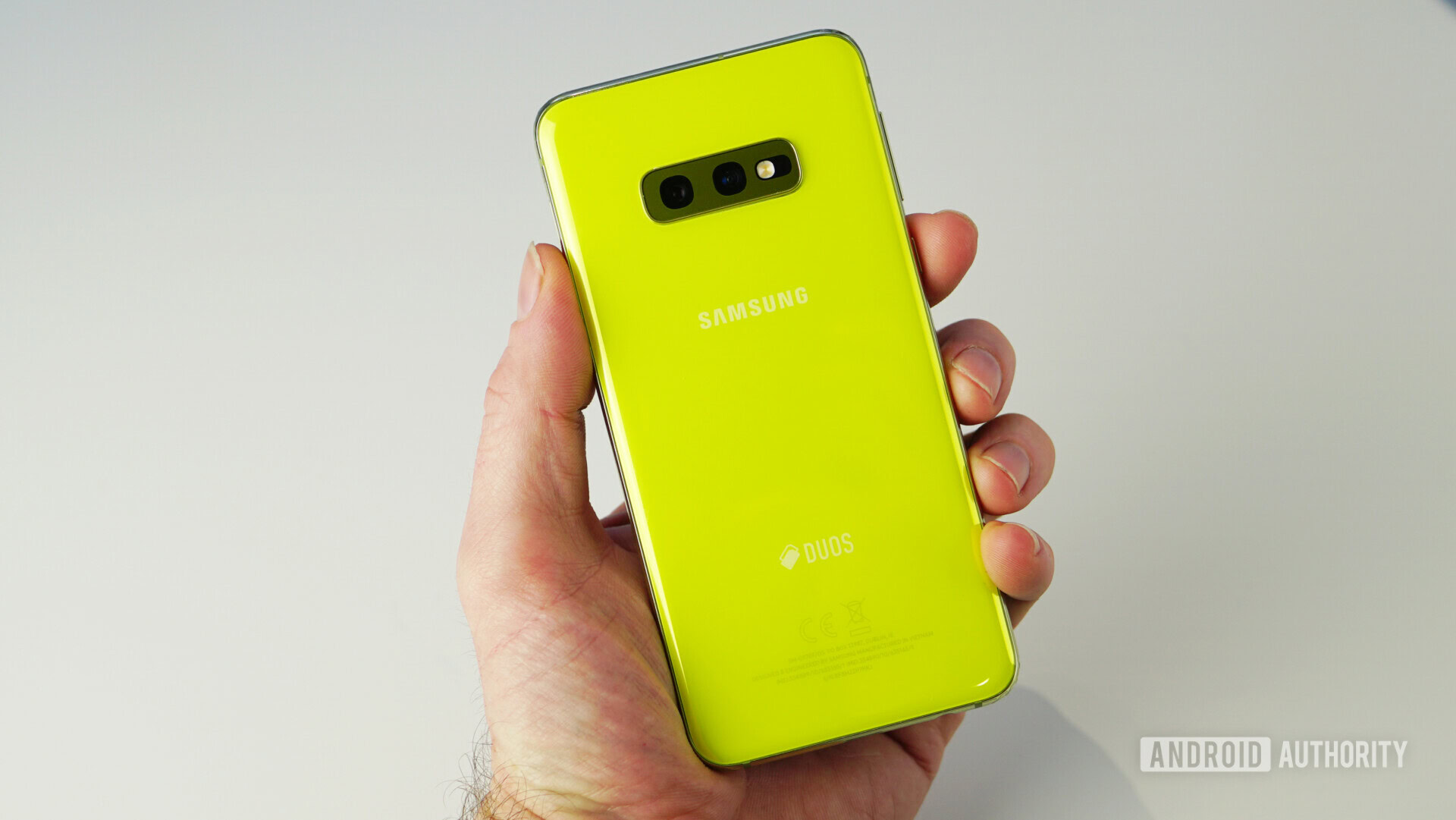
Samsung’s Exynos 9820 established a number of trends that the firm continues to embrace in its chipsets today. For starters, we saw a MediaTek-inspired move to a tri-cluster CPU, featuring two heavy-lifting Mongoose M4 CPU cores, two Cortex-A75 cores for medium-level tasks, and four Cortex-A55 cores for lightweight activities.
The Korean manufacturer also introduced a neural processing unit (NPU) for the first time, following in HUAWEI’s steps. In fact, Samsung would claim that the Exynos 9820’s NPU could accomplish machine learning tasks up to seven times faster than the previous year’s Exynos 9810.
Samsung also offered a Mali-G76 MP12 GPU, touting a 40% improvement over the Exynos 9810 or a 35% efficiency gain. So what did the CPU and GPU improvements mean for the battle against Qualcomm’s Snapdragon silicon?
Well, our own testing showed that the Exynos 9820 beat the Snapdragon 855 when it came to single-core CPU performance, owing to those beefy custom CPU cores. But that was pretty much the sole bright spot for Samsung, as the Snapdragon silicon delivered better graphical performance, less heat, and better battery life.
The Exynos 982x series lagged behind its Snapdragon counterpart in several ways, but it's nevertheless set the template for future efforts.
Still, the Exynos 9820 had plenty more to offer. We also got an 8nm design, improved hardware security, 2Gbps cellular downlink speeds via 4G, support for UFS 3.0 storage and LPDDR4X RAM, and 4K display resolutions.
Perhaps the most impressive feature is 8K/30fps video recording, but none of the Exynos-powered phones launched this year offered this option. Again, we’re guessing Samsung strove for feature parity here, as the Snapdragon 855 chipset lacked this option.
The Exynos 9820 also served up a hefty ISP capable of supporting up to five camera sensors, a 22MP main camera (and 22MP front) or two 16MP shooters, and 4K/120fps video once again. The 22MP support seems rather arbitrary in light of the support for 8K recording, which generally requires a 33MP+ sensor.
Samsung also released an Exynos 9825 later in 2019, and it was used in the Galaxy Note 10 series. Unfortunately, our own Speed Test G results showed that Samsung’s new chipset still lagged behind Qualcomm’s Snapdragon 855 chipset, particularly when it came to graphical performance.
Notable phones: Samsung Galaxy S10 series, Samsung Galaxy Note 10 series
2020: The lowest point for Samsung Exynos
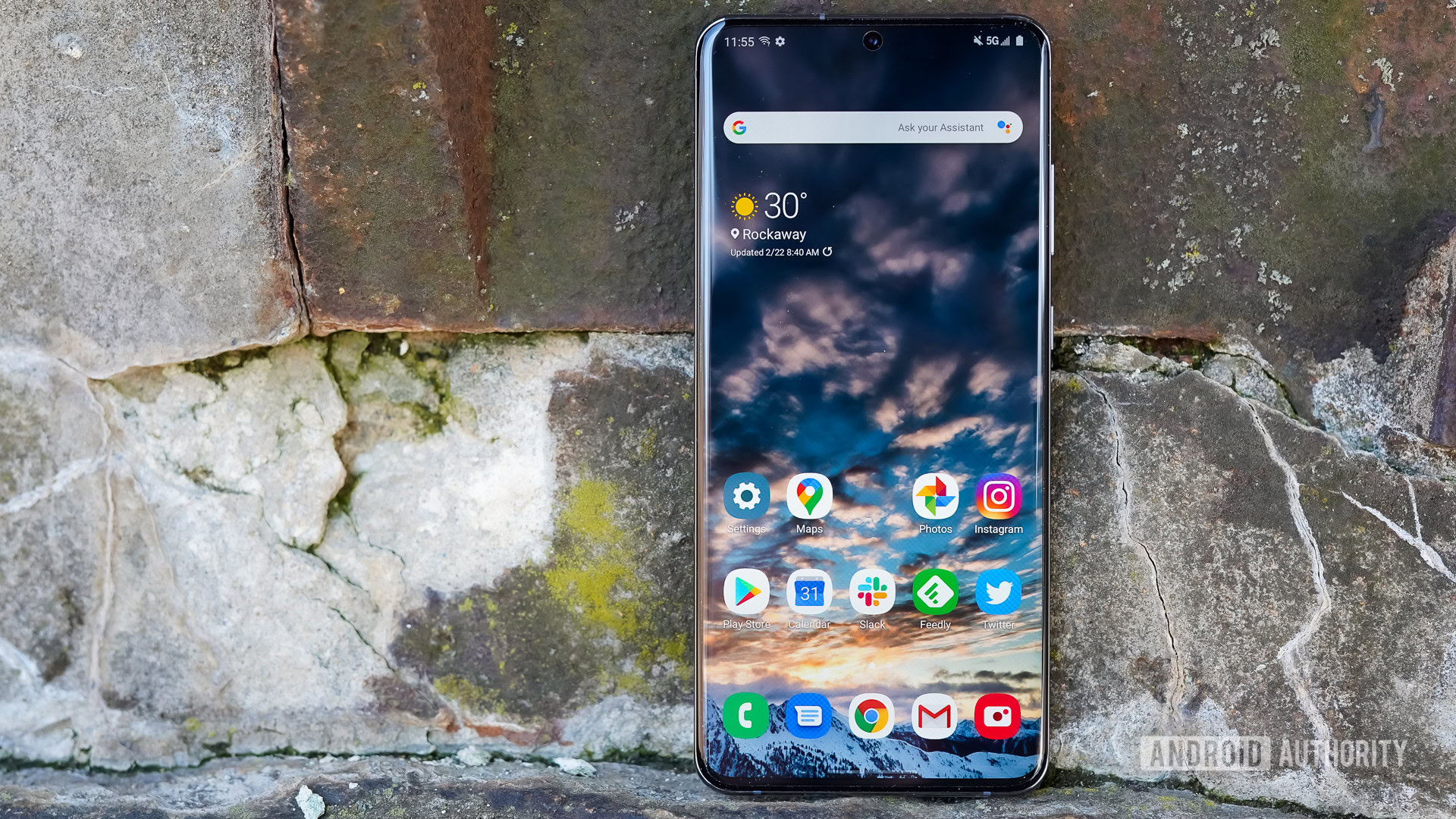
Perhaps one of the biggest signs that the Exynos 990 was a bit of a failure for Samsung was that the chipset wasn’t actually used in the Korean Galaxy S20 series phones. After all, Samsung has traditionally used Exynos power for flagships in its home market.
The Exynos 990 was a pretty good flagship SoC on paper, featuring a 7nm design and a tri-cluster CPU. The processor offered two Mongoose M5 cores for heavyweight tasks, two Cortex-A76 cores for medium-level tasks, and four Cortex-A55 cores for the least demanding activities. This would be the last Exynos flagship processor with Samsung’s home-grown Mongoose CPU cores, as Samsung shuttered its custom CPU division in late 2019.
On the graphical front, the Exynos 990 packed Arm’s Mali-G77 MP11 GPU. So how did the CPU and GPU stack up to the Snapdragon 865 chipset used in the US and Korean Galaxy phones? Not very well.
Our testing showed that the Exynos 990-toting Galaxy S20 Plus lagged behind the Snapdragon variant in pretty much every CPU and GPU benchmark. At least 2019’s Exynos 9820 offered better single-core performance. You shouldn’t notice the CPU disparity as the difference isn’t huge, but it’s another story when it comes to GPU performance. No wonder big changes are coming to Exynos GPUs.
The rest of the chipset was suitably cutting edge though, showing that Samsung is still capable of producing high-level features in other areas. We got a bundled 5G modem supporting mmWave and sub-6GHz standards (topping out at 7.2Gbps) and support for UFS 3.0 storage and LPDDR5 RAM. There’s also a dual-core NPU and DSP delivering up to 15 TOPS (trillion operations per second) of performance, in line with the Snapdragon 865.
Samsung’s 2020 flagship processor also explicitly supported high refresh rates for the first time, offering 120Hz refresh rates at QHD+ or 60Hz at 4K. The firm would put this support to good use with the Galaxy S20 series and Note 20 Ultra, with the former offering 120Hz at FHD+ while the latter offered 120Hz at QHD+ resolution.
The Exynos 990 was a pretty potent camera platform on paper too, offering 108MP single camera support, 24.5MP+24.5MP dual camera support, up to six camera sensors, and the ability to simultaneously process data from three sensors. We also got 8K/30fps recording once again, and the company would put this support to good use with 2020’s flagships, using it as a burst mode of sorts via the 8K Video Snap option.
Notable phones: Samsung Galaxy S20 series, Samsung Galaxy S20 FE, Samsung Galaxy Note 20 series
2021: The end of an era?
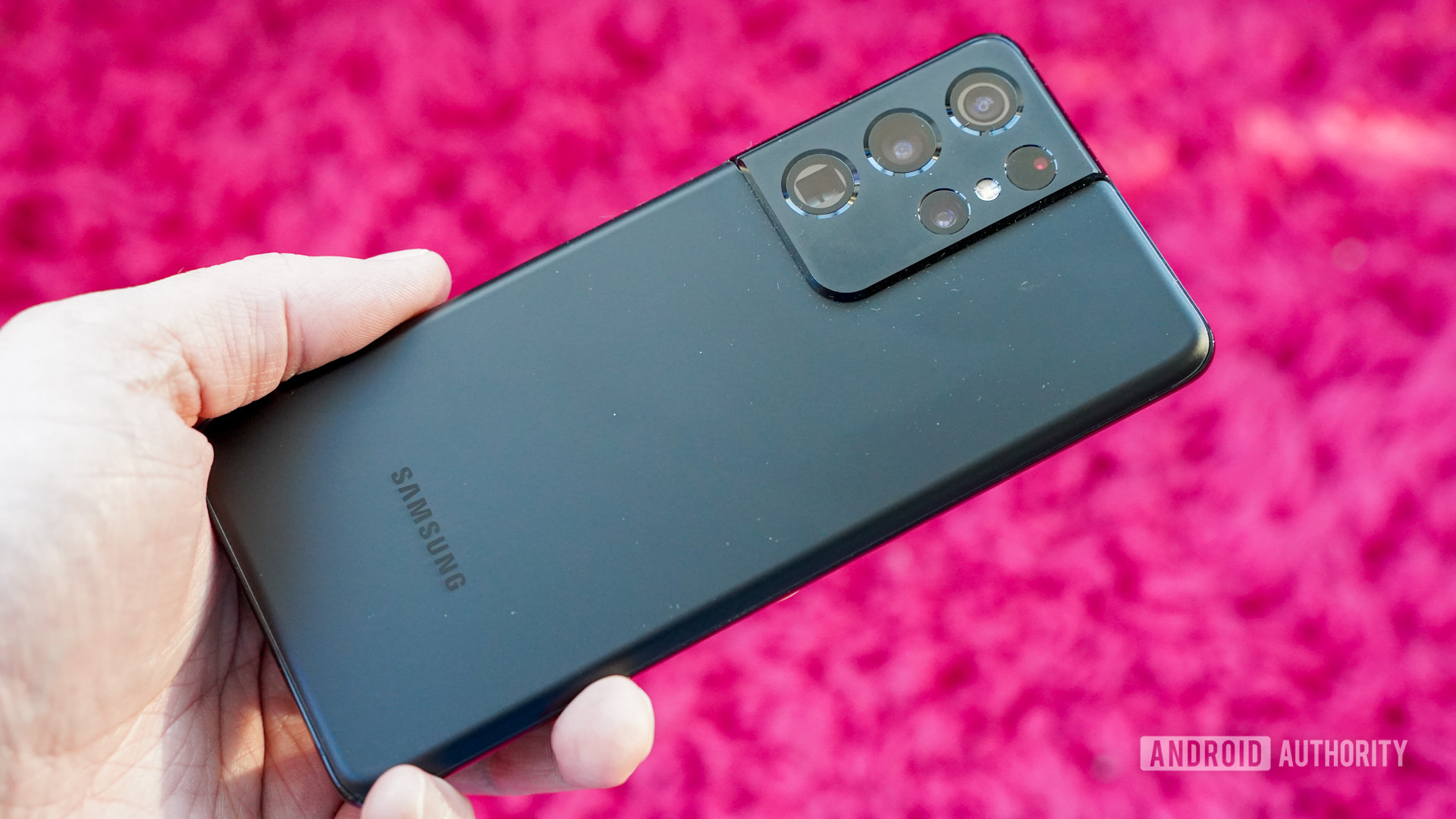
You’d be forgiven for thinking that 2021 is a stopgap year for Samsung’s Exynos division. After all, the company announced a partnership with graphics colossus AMD to deliver a purpose-built GPU that’s expected in 2022’s flagships. It’s also the first year without custom CPU cores, as it now relies solely on Arm technology.
Fortunately, the 5nm Exynos 2100 makes a strong argument for being one of the best Samsung Exynos chipsets in recent history. We’ve got a tri-cluster CPU that’s virtually identical to the rival Snapdragon 888 SoC, featuring a powerful Cortex-X1 CPU, three Cortex-A78 CPU cores, and four Cortex-A55 cores. Then there’s the Mali-G78 MP14 GPU, which doesn’t use nearly as many shader cores as the Kirin 9000’s GPU (Mali-G78 MP24), but still promises a nearly 50% performance boost over the previous year’s Exynos 990.
What does this mean in terms of horsepower then? We compared the Exynos 2100-toting Galaxy S21 Ultra to the Snapdragon 888 variant, and it’s definitely a much closer race than the previous year. More specifically, we said that CPU performance between the two variants was “neck-and-neck.” The Snapdragon variant still emerged victorious in GPU testing, but the gap was much smaller than last year. Interestingly enough, we also noted that the Exynos variant throttled a little sooner but delivered better endurance.
Related: Samsung Galaxy S21 Ultra Snapdragon vs Exynos: How big is the performance gap?
Samsung’s 2021 chipset also features an integrated 5G modem for the first time in the flagship Exynos range. This should result in improved efficiency compared to processors with separate modems. Nevertheless, you’re getting mmWave and sub-6GHz support here, topping out at 7.35Gbps.
The new chipset also stepped things up in the machine learning area, going from a dual-core NPU in 2020 to a triple-core design. Samsung says this enables AI performance in the region of 26 TOPS.
The rest of the Exynos 2100 spec sheet is pretty top-tier for 2021, featuring LPDDR5 RAM support, support for UFS 3.1 storage, a 144Hz refresh rate at QHD+, 120Hz at 4K resolution, and support for AV1 decoding. The latter should result in significant bandwidth savings when streaming video via services supporting AV1.
Samsung’s chipset also delivers in the camera category, featuring 200MP single camera support, 32MP+32MP dual cameras, up to six camera sensors, and 8K/30fps video recording.
Notable phones: Samsung Galaxy S21 series
2022: What to expect next?
Next year marks a new era of sorts in the history of Samsung Exynos chipsets, as the firm switches to AMD GPUs for its smartphone processor efforts. AMD CEO Dr. Lisa Su revealed that this first GPU will be based on the firm’s RDNA2 architecture and will support ray tracing and variable rate shading. In pure English, that means we’re expecting a unique piece of silicon.
Dr. Su added that Samsung would share more info on the new chipset “later this year.” Furthermore, Samsung previously confirmed to Android Authority that the Exynos 2100 successor would indeed have AMD graphics. So it sounds like we should expect a reveal in late 2021 and the first commercial products with this chipset in 2022.
Samsung has also gone all-in on Arm CPUs this year, so it stands to reason that the firm’s next flagship chipset will continue this trend by offering one Cortex-X2 core, three Cortex-A710 cores, and four Cortex-A510 cores. We do wonder how Arm’s CPU cores will progress, especially as Qualcomm will debut its first processor powered by Nuvia tech in 2022 (albeit on laptops). Will Arm have something comparable up its sleeve in the coming years?
Either way, 2022 is looking like the start of a new era for Samsung Exynos processors. We’re not expecting game-changing results from the first AMD-powered Exynos chipset, but it will lay down the foundation for future efforts.
Thank you for being part of our community. Read our Comment Policy before posting.
